Archives
- 2025-10
- 2023-07
- 2023-06
- 2023-05
- 2023-04
- 2023-03
- 2023-02
- 2023-01
- 2022-12
- 2022-11
- 2022-10
- 2022-09
- 2022-08
- 2022-07
- 2022-06
- 2022-05
- 2022-04
- 2022-03
- 2022-02
- 2022-01
- 2021-12
- 2021-11
- 2021-10
- 2021-09
- 2021-08
- 2021-07
- 2021-06
- 2021-05
- 2021-04
- 2021-03
- 2021-02
- 2021-01
- 2020-12
- 2020-11
- 2020-10
- 2020-09
- 2020-08
- 2020-07
- 2020-06
- 2020-05
- 2020-04
- 2020-03
- 2020-02
- 2020-01
- 2019-12
- 2019-11
- 2019-10
- 2019-09
- 2019-08
- 2019-07
- 2019-06
- 2019-05
- 2019-04
- 2018-07
-
In our study we observed elevation of the
2021-11-06
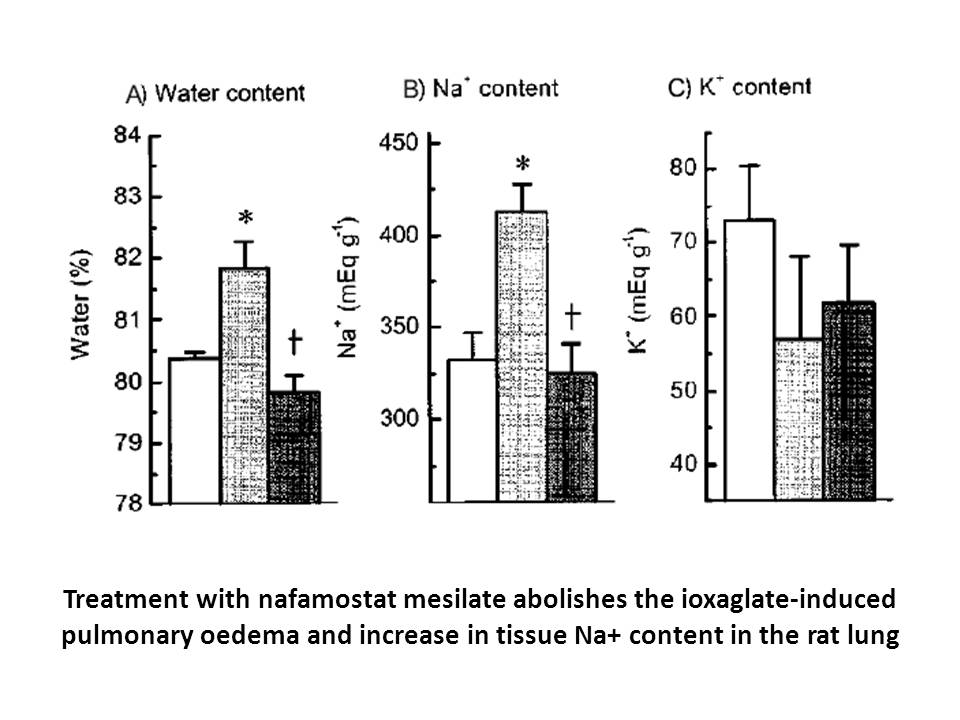
In our study, we observed elevation of the fluorescent intensity in the layers without synaptic contacts (OS, ONL, INL, and GCL). In the enzyme-linked fluorescence assay system, released glutamate is catalyzed by the enzyme on the surface of a quartz glass. Therefore, the diffusion of glutamate onto
-
br Acknowledgements br Introduction Aminoacyl tRNA synthetas
2021-11-06
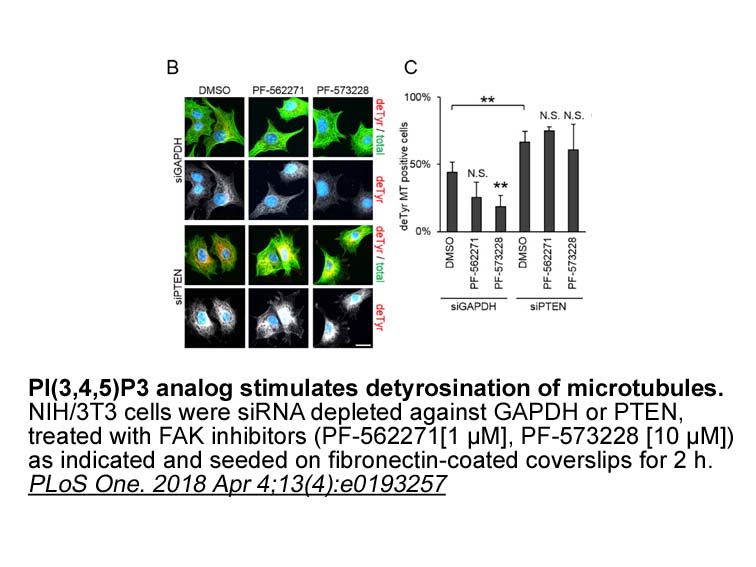
Acknowledgements Introduction Aminoacyl-tRNA synthetases catalyze the formation of an ester bond between an amino nox4 and the 3′ end of a tRNA in a two-step reaction. First, the amino acid is activated and an enzyme-bound adenylate intermediate is formed. Then, the amino acid is transferred
-
Some other neuroinflammatory neuroendocrine and neurotrophic
2021-11-06
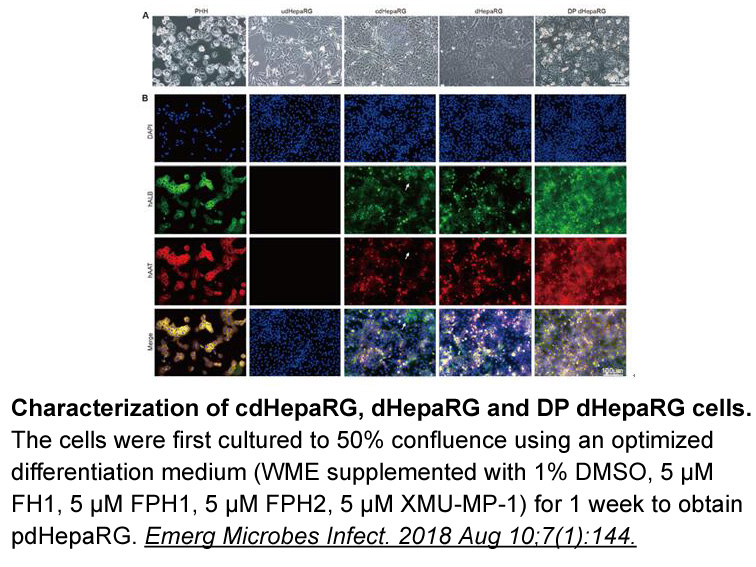
Some other neuroinflammatory, neuroendocrine, and neurotrophic pathway but not the ghrelin/GHSR pathway may mediate the CUMS-induced depression- and anxiety-like behaivors. The endogeous ghrelin/GHSR pathway activated by chronic mild stress may plays a role in homeostasis. With respect to the mechan
-
br Ghrelin and energy balance
2021-11-06
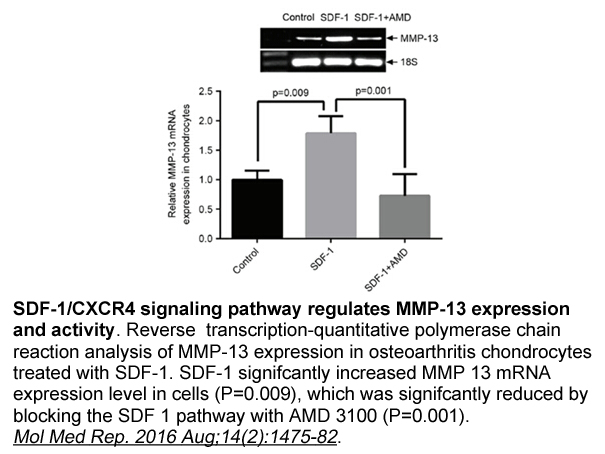
Ghrelin and IGF-1, human recombinant mg balance To characterize the physiological role of ghrelin in energy homeostasis, ghsr−/− and ghrelin−/− mice were generated [33], [36], [41], [47]. Although ghrelin regulates the amplitude of episodic GH release, ghsr−/− mice were not dwarfs, and in fact a
-
The active site of PS is located at the
2021-11-06
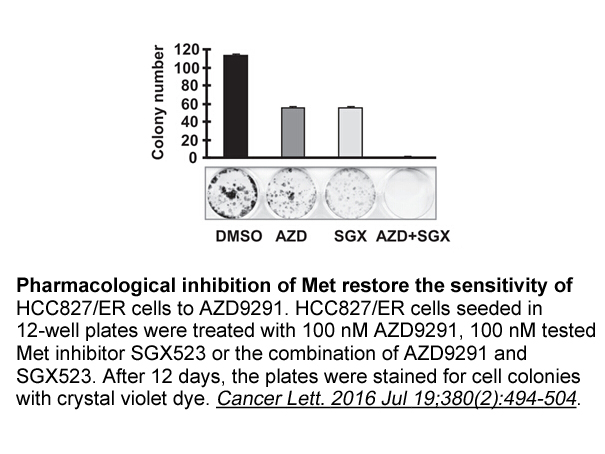
The active site of PS1 is located at the interior of its TM horseshoe-like fold (29) (Fig. 1). TM2 and TM6 serve as “doors” for substrate entry (30), as also observed in recent molecular dynamics (MD) simulations of the PS1 subunit (31). Recent coarse-grained (CG) and atomic simulations also showed
-
br Medium to long chain fatty acids
2021-11-06

Medium- to long-chain fatty acids Medium- to long-chain fatty acids impart a wide range of physiological effects. Medium-chain and long-chain fatty acids have 6–12 carbons and >12 carbons, respectively. As the energy source, these fatty acids are supplied primarily by food intake, biosynthesis, a
-
Compared to a large database of NSCLC
2021-11-06
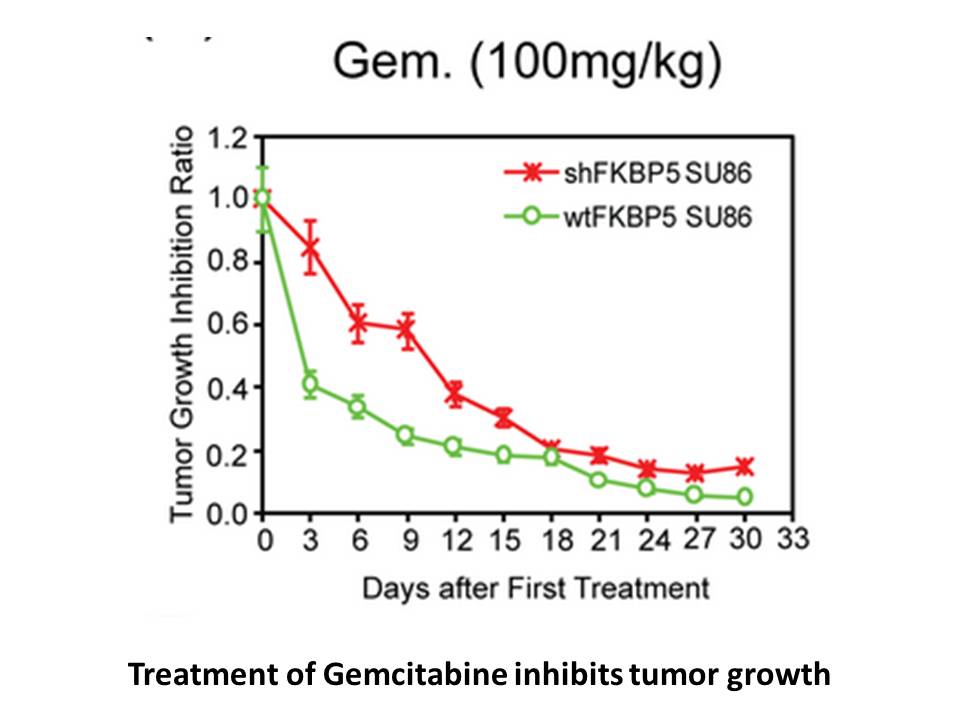
Compared to a large database of NSCLC samples matched for disease type, many of the frequently altered genes were similar to those seen in this series of FGFR fusion-positive samples; however, there were notable exceptions. As expected, alterations in known NSCLC drivers (KRAS and EGFR) were signifi
-
Current studies have identified five orphan G protein
2021-11-06
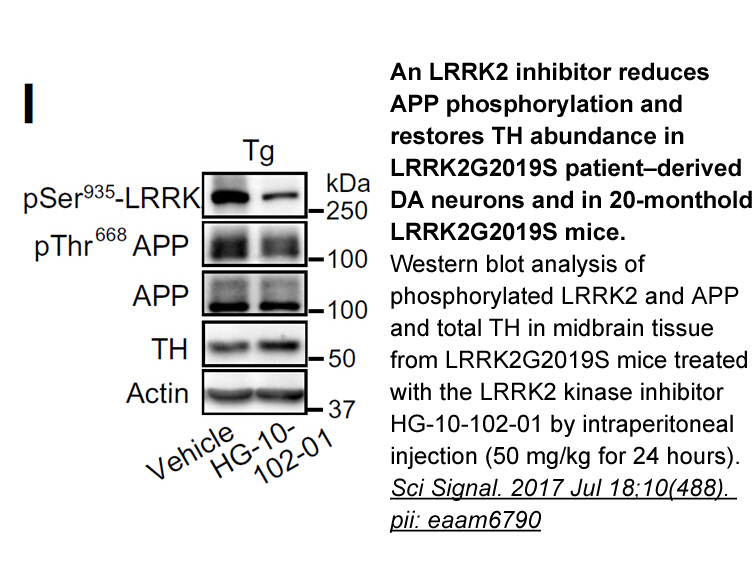
Current studies have identified five orphan G protein-coupled receptors (GPCRs) that can be activated by free fatty acids (FFAs), GPR40, GPR41, GPR43, GPR84, and GPR120. Short-chain fatty acids (FAs) are specific agonists of GPR41 and GPR43 [21] and middle-chain FAs agonize GPR84 [22]. Long-chain FAs
-
These observations are of particular
2021-11-06
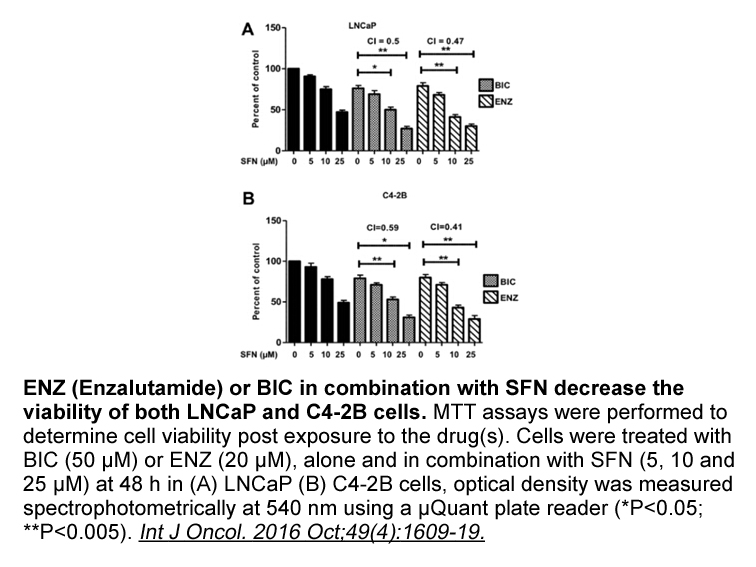
These observations are of particular interest in the context of recent conceptual changes regarding the mechanisms by which different types of leukocytes contribute to atherogenesis. Over the last decade, the paradigm of the predominant circulatory origin of lesional macrophages has been challenged
-
br Methods and materials br Results
2021-11-06
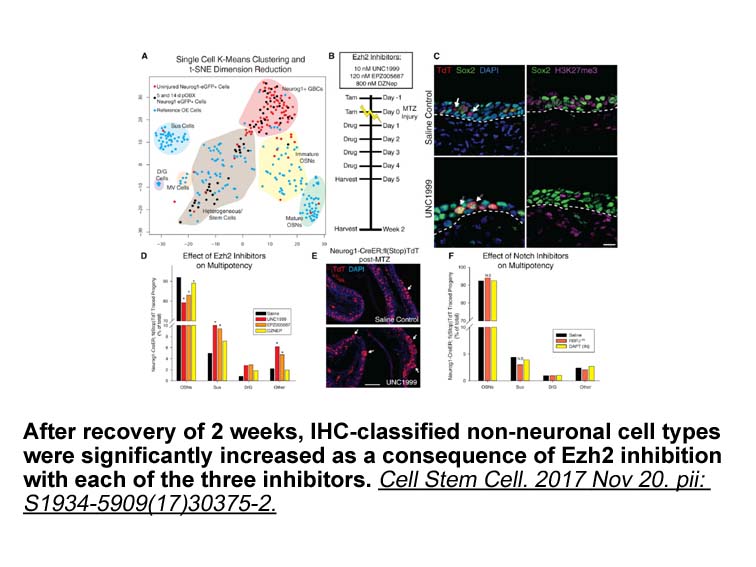
Methods and materials Results Discussion In this study we demonstrate that CF epithelial raas inhibitors exhibit features of apoptosis in their basal, unstimulated state including increased caspase (-3 and -8) activation compared to non-CF epithelial cells. Analysis of factors responsible
-
The PI K AKT pathway is known to
2021-11-06
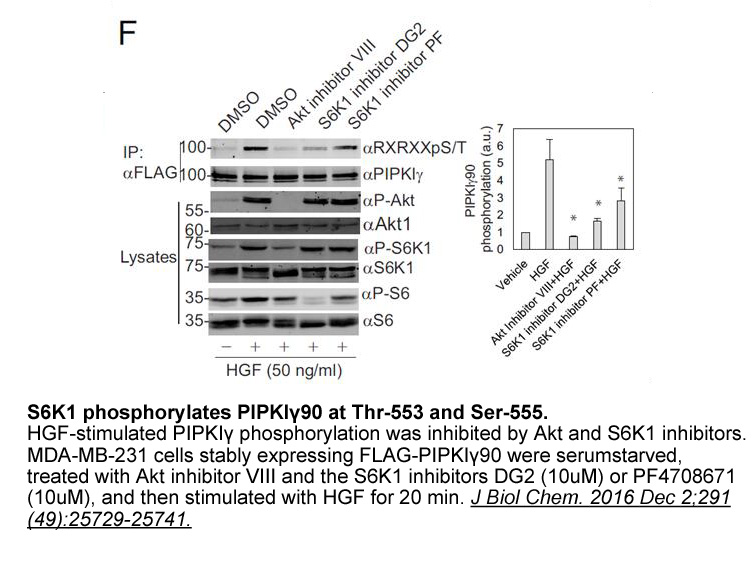
The PI3K/AKT pathway is known to affect cell cycle, survival, and apoptosis (Yu et al., 2006; Park et al., 2008). After phosphorylation by AKT, the cytoplasmic apoptotic protein bad (bcl-xl/bcl-2) cannot be transferred to the mitochondria and dissociates from the inhibition protein bcl-2 and bcl-xl,
-
In conclusion we have shown
2021-11-06
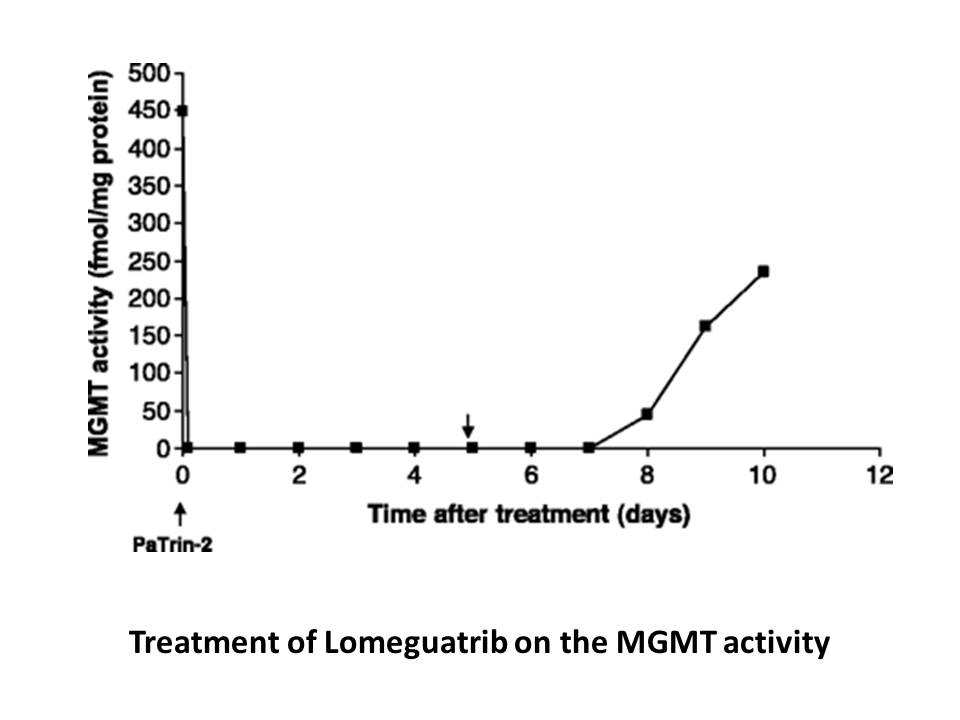
In conclusion, we have shown that the brain penetrating ability of heteroaryl piperazine and piperadine ureas can be modulated through small structural changes to the heteroarenes, the piperazine or piperidine core, and the biaryl ether tail. Compounds exhibiting / ratios ranging as high as 4.2:1 to
-
STAR Methods br Acknowledgments We thank C
2021-11-06
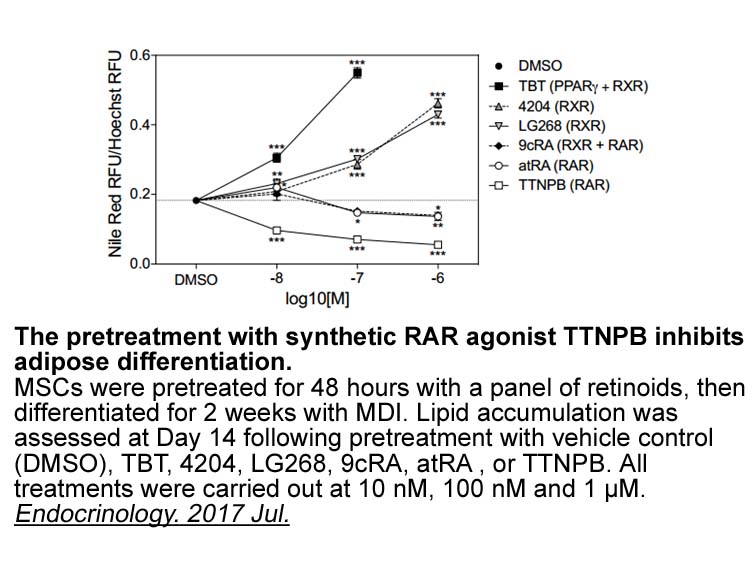
STAR★Methods Acknowledgments We thank C. Hong, R. Huang, and Z. Yu at the HHMI Janelia cryo-EM facility for help with microscope operation and data collection. We thank A. Müller, W. Kan, and W. Weis for help with the SEC-MALS analysis and M. Elazar and J. Glenn for the use of equipment. P. Love
-
br Conclusion br Disclosure of interest br Acknowledgement b
2021-11-05

Conclusion Disclosure of interest Acknowledgement Introduction Vitamin B6 has long been recognized as a cofactor for many enzymes, especially those involved in amino Nelfinavir mg metabolism. Apart from its role as coenzyme, recent studies are unveiling a new role of vitamin B6 as a chem
-
In recent years several DPP
2021-11-05
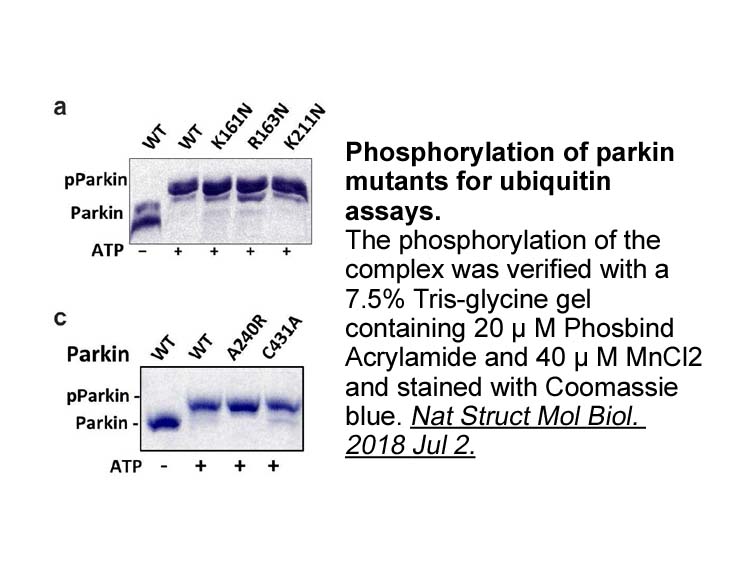
In recent years, several DPP-IV inhibitors have already been approved, such as sitagliptin, vildagliptin, saxagliptin, tenegliptin, alogliptin and linagliptin, etc. Among them, linagliptin (1, Fig. 1) is a non-peptide mimetic BI-D1870 with a unique xanthine scaffold developed through high-throughpu
11134 records 243/743 page Previous Next First page 上5页 241242243244245 下5页 Last page